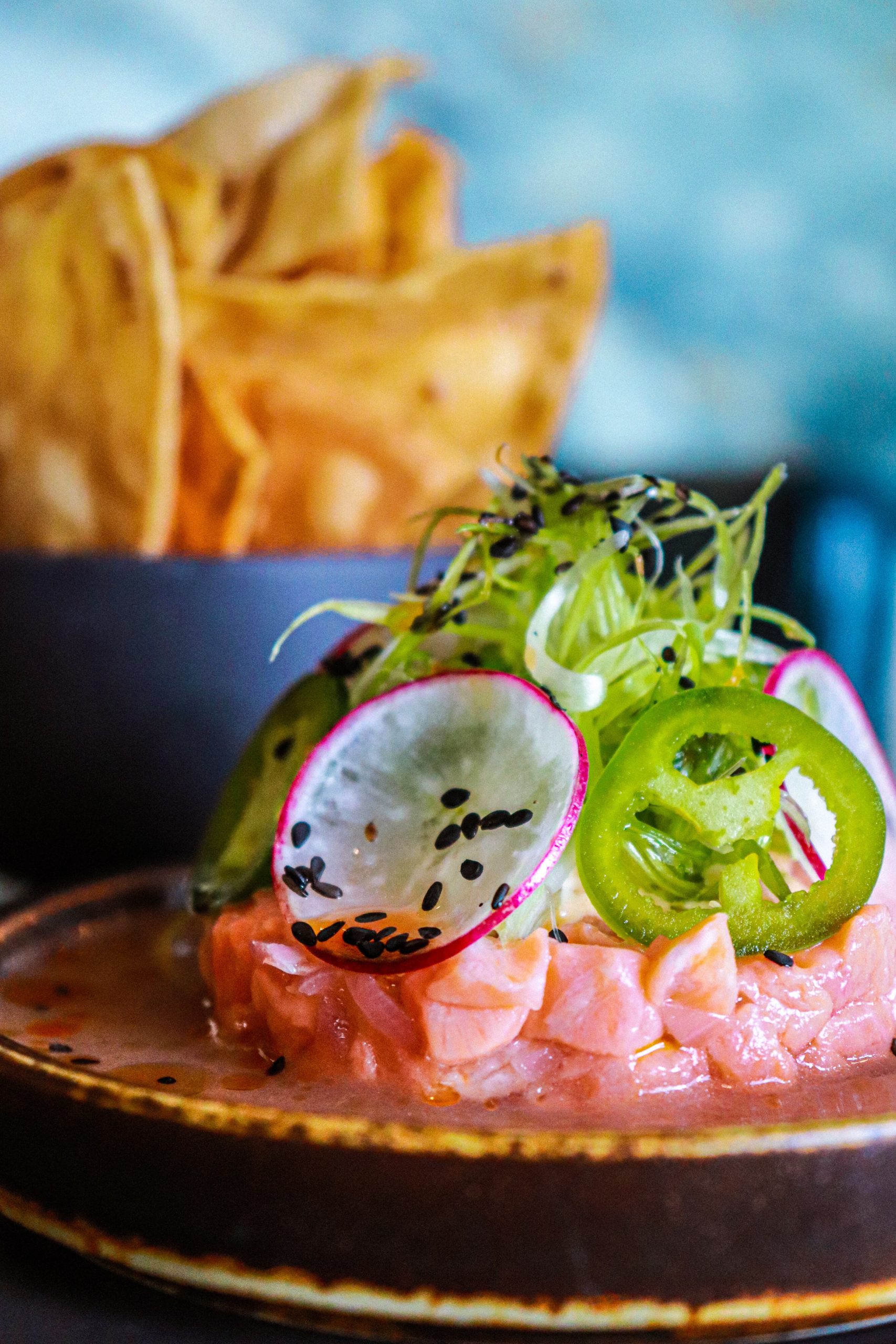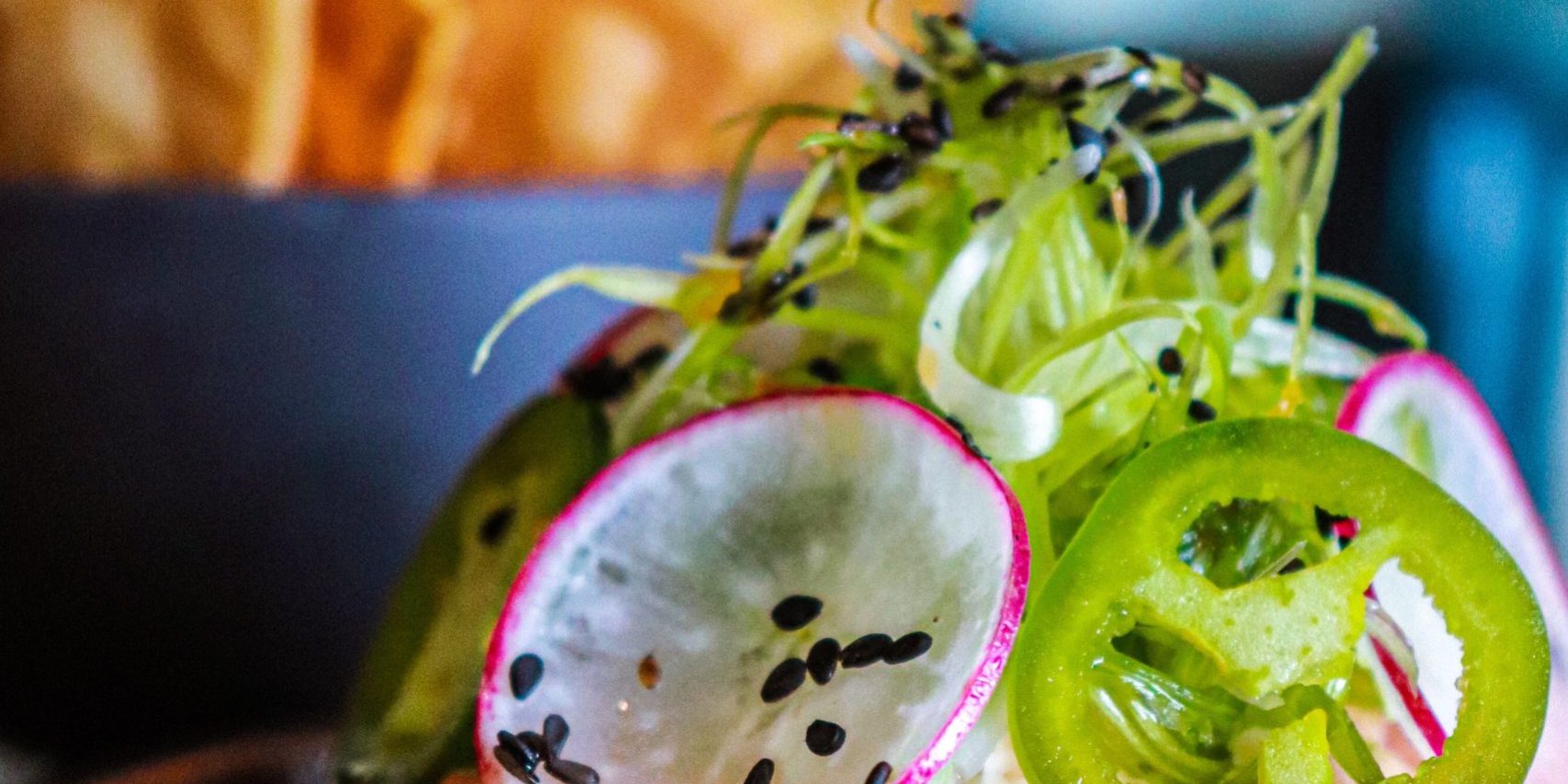
Celebrate Ceviche Day
Ceviche is fresh raw fish marinated or “cooked” in lime juice, most often with onion, tomatoes, coriander and salt. It hails from the coastal regions of Central and South America, popular from Mexico down to Peru and beyond. There are many versions, and depending on where you are, it will take on the local flavours. It’s the sort of dish that people don’t ordinarily think of as simple to make at home, so restaurants readily charge a small fortune for it.
Peruvian Ceviche
Today ceviche is traditional all along the Pacific Coast of the Americas. Whether or not it originated in Peru, ceviche is the Peruvian national dish. Some form of it has been eaten in Peru for almost two thousand years.
Filipino Ceviche
There is also a Philippine ceviche called Kinilaw that predates the Colonial Period. The Pacific Spanish galleon route sailed between Acapulco, Mexico and Manila, Philippines, so ceviche may originally be Filipino. The combination of sour, salty and spicy flavours tastes very Southeast Asian.
Moorish Ceviche
Ceviche may be Moorish too. The rationale for this idea is that lemons and limes came to the Americas from Europe. Arab traders brought lemons from China and limes from India and Indonesia. Spanish colonisers sailed from Cádiz in Andalusía, Spain. Some say that Moorish women who travelled with the colonisers brought ceviche to Lima. Ferran Adrià, the Spaniard who is considered one of the world’s top chefs, says that ceviche is Peruvian. It doesn’t really matter. Our common humanity is what is special.
Is ceviche safe to eat?
Ceviche, if made with fresh fish is absolutely safe to eat. Think sushi! The lime juice cooks the ceviche on the outer edges and the longer it marinates the longer it “cooks”. How do you know if the fish is fresh enough to eat raw? It won’t smell fishy. It will smell clean and fresh with have a subtly sweet flavour.
Here’s a comparison of the fish immediately after tossing with lime (fish is still translucent), then 5 minutes later, it’s turned white because it’s cooked!
Fish to use in ceviche:
The ONLY fish you should use for ceviche is sashimi-grade fish that is suitable for raw consumption. It is not enough to just buy “fresh fish” from the stores – this usually just means it hasn’t been frozen then thawed. It does not mean it’s fresh enough to eat raw. You need to check that it is “sashimi grade”. As a general rule, fish that is tender and not chewy when raw will make better ceviche. This is because the fish is cut chunkier compared to the fine slices used in say fish carpaccio or sushi. Thus fish like snapper, grouper, some cods, flounder, which can be sometimes a bit tough eaten raw, are less suitable.
Best fish for ceviche
There is no one way to make ceviche, and there is no single “best fish” for ceviche because it’s driven by the types of seafood available. There are plenty of options, here are the most common ones for you:
- Sea bass – traditionally used for Peruvian Ceviche and easily found in the UK
- Tuna – popular in Mexico (along with prawn/shrimp)
- Mackerel – also popular in Mexico
- Prawns/shrimp – traditional in Ecuador and popular in Mexico, often with a dash of tomato juice
- Halibut– Chile
- Salmon – though not traditional (because white fish is traditional), salmon is excellently made into ceviche
- Bream
- Swordfish – if you are lucky enough to be able to get it, this is used in some Latin American countries.
- Cod
There are so many ways to serve ceviche! For example
- mini ceviche tostadas
- ceviche tacos
- ceviche lettuce cups
- ceviche stuffed avocado
- over a bed of dressed greens
- in a tall shot glass or appetiser cup
- Served in a coconut.
Try out our recipe below and let us know what you think.
Ceviche
Prep time: 20 mins
Marinating time: 1 hr 30 mins
Serves 6
This low fat, low carb, gluten free ceviche recipe is really easy to make and incredibly tasty too, serve as an appetiser for parties and gatherings.
Source: BBC Good Food – Find recipe here



